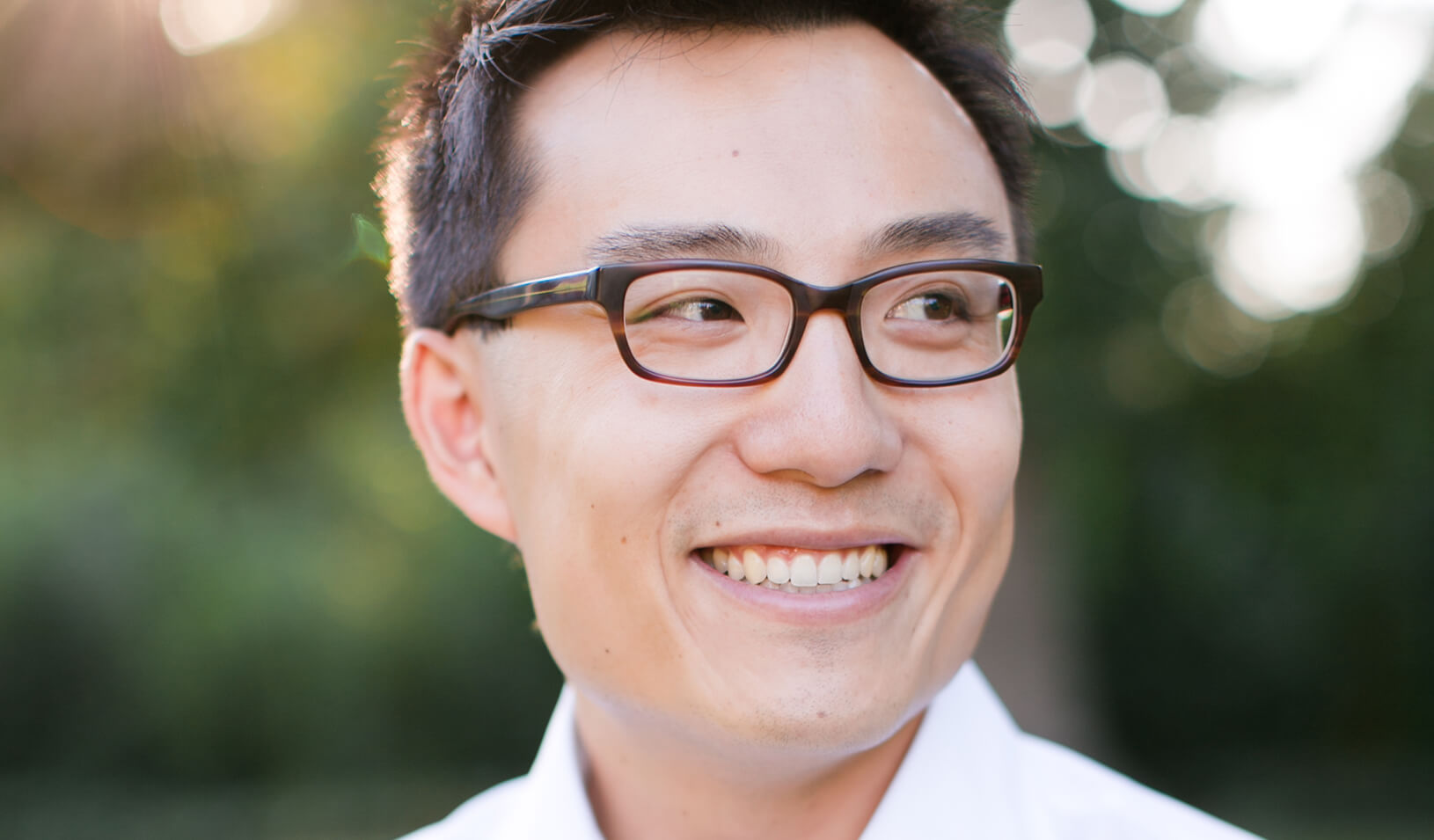
“Adapt and Adjust” soundcloud
The competitive drive that made Earvin “Magic” Johnson a 12-time NBA All-Star is powering his success in the business world. Nearly 20 years after hanging up his sneakers, Johnson’s net worth is a reported $500 million, he owns parts of the Lakers and the Los Angeles Dodgers, and he’s the CEO of Magic Johnson Enterprises, a billion-dollar conglomerate, according to Fortune magazine.
His focus, though, goes well beyond making money. He wants to have an impact in the minority community. Johnson’s businesses have employed thousands of minorities and illustrated how profitable it can be to bring movie theaters, coffee shops, and other services to underserved urban areas. The Magic Johnson Foundation, founded in 1991, has provided free HIV/AIDS testing to more than 38,000 people, awarded over $3 million in hardware and software grants, and provided educational services to over 250,000 young people. “Always remember that you can only change things when you’re successful,” he told a group of Stanford Graduate School of Business students recently.
Johnson’s pivot from basketball to business was, of course, made easier by his superstar status, but once he became an entrepreneur it was his ideas, he says, not his fame that investors and potential partners judged. His time on the basketball court taught him valuable lessons about focus, strategy, and discipline, he says.
Magic tweet
"I love winning. And I took that spirit to the board room." @MagicJohnson @StanfordBiz #GSBvftt pic.twitter.com/vKbozLkfZM
— Maurice Hofmann (@moreeze) October 6, 2015
Here are five lessons on becoming a business leader that he shared during a View From the Top talk in October.
Get in the Room with the Right People
Johnson knew that he wanted to become an entrepreneur when he retired from basketball, but he realized that “what made me a great basketball player wouldn’t make me a great CEO.” His first step was to take his ego out of the game and acknowledge that he needed instruction. Johnson made lunch dates with 20 successful people and proceeded to pick their brains. “I got in the right room with the right people, and made sure I got experts in business to be my mentors and then made sure that I applied what I learned from them,” he says.
Expect to Be Turned Down
CalPERS said no to Johnson four times when he asked the pension fund for capital to invest in minority communities. On the fifth visit, CalPERS relented and invested $50 million. “You’re going to get turned down. Somebody’s not going to like your business plan,” says Johnson. “But if you’ve done your homework and your research, and you find that you have a good chance to be successful with your business, keep going.”
Be Ready to Change Course
Shortly after Johnson’s real estate fund constructed condos, the market crashed and it was impossible for prospective buyers to secure loans. Rather than wait out the recession, Johnson shifted the business model and began renting the units. “Make sure you’re quick and nimble enough to say, ‘You know what? I can adapt and adjust to what’s going on in the marketplace today. I can change my business or tweak my business to make it still work.’”
Find a Need
Because retail options were scarce in minority communities, people would often drive for 45 minutes or an hour to shop or go to the movies. So Johnson decided to start opening movie theaters. Adding services to those neighborhoods helped the community — and made Johnson’s businesses succeed because “I was able to understand what we [the minority community] wanted,” he says.
Understand Your Customer Base
Johnson has owned restaurants and coffee shops in minority neighborhoods, including 125 Starbucks cafes. They succeeded because prices were reasonable and they appealed to the tastes of those communities. “I had to take the scones out of my Starbucks and put in sweet potato pie, pound cake, sock-it-to-me cake, peach cobbler.” His TGI Fridays franchise in Los Angeles served Dom Pérignon, Cristal, and other high-end liquor, the first Fridays location to do so. “It succeeded because that’s what my customer base wanted,” he says.



